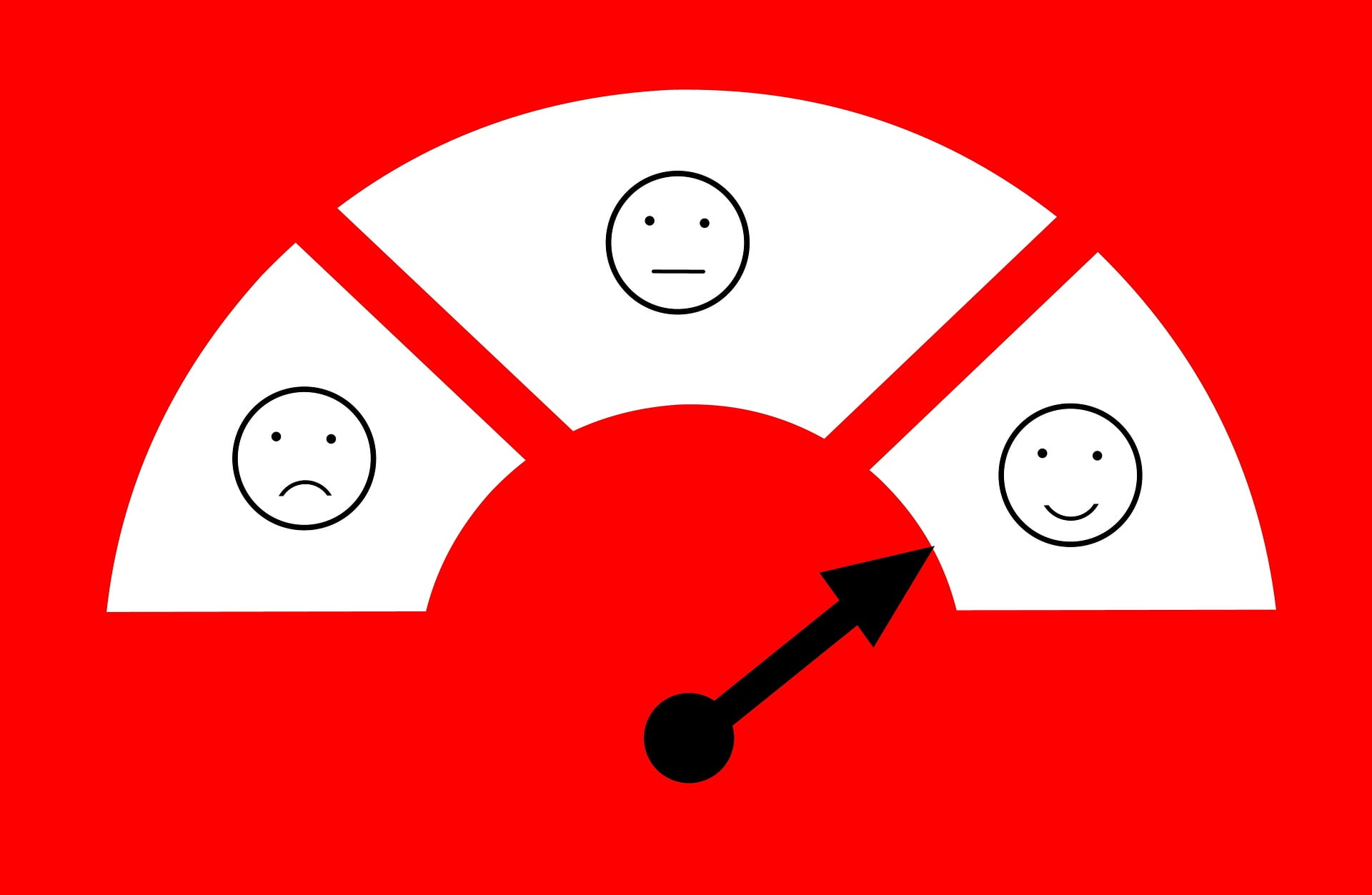Most businesses today are focused on becoming more customer-centric. It can be hard to figure out what that actually means. In this article, we’ll explore the concept of customer orientation and provide some examples to illustrate how it can be applied in practice.
What is customer orientation?
Customer orientation is a business strategy that is focused on providing customers with the best possible experience. You can do it in several ways, but some common examples include offering superior customer service, creating custom products or services, and always putting the customer first.
Customer orientation is not only about making sure that customers are happy with their purchases. It is about creating long-term relationships. By keeping customers satisfied and engaged, businesses can encourage loyalty and repeat business. In today’s competitive marketplace, customer orientation can be a crucial differentiator for businesses.

What are some examples of customer orientation?
Some common examples of customer orientation include:
- Offering superior customer service: This can involve everything from providing helpful and friendly service to quickly resolving any issues that may arise.
- Creating custom products or services: This may involve tailoring products or services to meet the specific needs of individual customers.
- Always putting the customer first: This means making sure that the customer’s needs always come before the business’s bottom line.
By adopting a customer-oriented approach, businesses can create lasting relationships with their customers and stand out from their competitors. To understand how businesses put customer orientation into practice, let’s look at an example within the tech giant Apple.
At the time of its release, the iPod competed with other similar devices on the market. The competition only offered enough storage space to hold less than a hundred songs. The majority of the population who were used to Walkmans or CDs couldn’t see any advantages to upgrading to the iPod. The iPod started out with 5GB of capacity and could hold 1,000 songs. It was a staggering number to people initially but ultimately turned out to be precisely what people were looking for, without them even having to ask.
Apple is a customer-oriented company, from product development to the in-store and online purchasing experience. Apple encourages its employees to understand why exactly the customer is making a purchase instead of just having the customer choose their product and leave. At Apple stores, the staff has complete expertise on the products, understanding what customers need. The success of each visit isn’t about sales; it’s about putting the customer first and delivering an engaging experience.
Customer-oriented skills
To put it simply, being customer-oriented means putting your customers’ needs first. It’s about always trying to find ways to serve them better and make their experience with your business as positive as possible.
There are a few skills you can utilize to become more customer-oriented:
- Listen to your customers.
- Put yourself in their shoes.
- Anticipate their needs.
- Go above and beyond.
- Follow up
Start by trying to incorporate these tips into your day-to-day interactions with customers. With time and practice, you’ll start to see a difference in how they react to you and in their overall satisfaction with your business.
A customer-oriented business is focused on meeting the needs and wants of its customers, i.e., putting the customer ahead of everyone else in everything they do. A few examples of customer-oriented businesses are Apple, Amazon, and Nike. These organizations never let up on innovating and coming up with new ways to exceed customer expectations. They are always looking for feedback so they can improve the customer experience. Their ultimate goal is to keep the customer happy and loyal. Customer orientation is a vital part of a successful business. It can help you stand out from your competition and build a strong relationship with your customers.
Key components of a customer-oriented strategy
Components of any customer-oriented strategy will include having a deep insight into the customer, enough to ensure that you deliver what they need. The first is understanding your customer and what they need from you. It means having a solid understanding of your target market and being able to segment your customers based on their needs. Once you have identified your customer, you need to be clear on what you can offer them that will solve their problem or meet their needs.
It means having a solid value proposition communicated clearly to your target market. Finally, have a plan to deliver your promises to your customers, i.e., having a process in place to ensure that every customer has a positive experience with your company.
Whether you already know a lot about your customers or you still have many questions, there is always more information to discover. Every person is complex and has their own interests and needs. To create relevant and high-quality products, you must take the time to get to know each customer individually. Ask your customers regularly how they feel about your product. Regularly asking for feedback shows them that you care and makes them more likely to come to you if they have something to share when the time comes.
Ways to become more customer service oriented
It’s evident that excellent customer service is the key to success for any business. But what does it really mean to be customer service oriented? Can you ensure that your enterprise is putting its best foot forward when dealing with customers? What can you do to ensure that your business is customer service oriented:
- Train your employees in customer service. It sounds like an obvious solution, but it’s not to be taken for granted as an obvious step in the process. Pay attention to ensure that your employees are appropriately trained in dealing with customers. They should know how to be polite and professional and how to handle customer complaints or requests.
- Make sure your employees use the knowledge base effectively and that they know all there is to know about the products or services. Your employees should be able to answer questions about your products or services and be familiar with any new features or benefits that might interest potential customers.
- Have a system in place for handling customer complaints or requests. It’s essential to have streamlined business processes in place for dealing with customer concerns so that your customers feel confident, knowing that your team is taking their problems seriously.
- Be available to your customers. Make sure that you or someone from your team is available and accessible when needed.
Related Articles: The Most Important Customer Service Skills Employees Must Have In 2022
What is customer-oriented behavior?
Customer-oriented behavior is when a company’s actions are focused on meeting the needs and expectations of its customers. This behavior can be seen in all areas of a business, from the way it treats its employees to the way it designs its products. A customer-oriented company will always look for ways to improve the customer experience, whether making small changes or overhauling its entire operation.
Some examples of customer-oriented behavior include:
- Listening to customers and using their feedback to make improvements.
- Responding quickly and efficiently to customer inquiries.
- Offering personalized service.
- Going above and beyond to solve customer problems
Customer orientation is crucial because it can help a company stand out from its competitors. When your business values its customers and their expectations, they will know your effort to meet their needs. They will have no reason to go to your competitor. Good customer service is essential for any business that wants to retain its customers and grow over time.
Related Articles: How to deliver consistently good customer service
What are the elements of customer service orientation?
The elements of customer service orientation are:
- Putting the customer first: This means always considering the needs of the customer first and acting in a way that will meet those needs.
- Focusing on the positive: This means always looking for ways to improve the customer experience and ensuring that any interactions are positive.
- Listening to feedback: This means listening to what customers have to say about their experiences and using that feedback to make improvements.
- Continuously improving: This means always striving to find new ways to improve the customer experience and ensuring that your team is always up-to-date on the latest best practices.
Conclusion
Customer orientation is a business strategy that is focused on providing customers with the best possible experience. Some common examples of how you can achieve it include offering good customer service, being responsive to customer feedback, and tailoring products and services to meet customer needs.
While it takes some effort to implement a customer-oriented business strategy, the rewards can be significant. Not only will you improve your chances of attracting and retaining customers, but you’ll also boost your bottom line. So if you’re not already focusing on your customers, now is the time to start.























